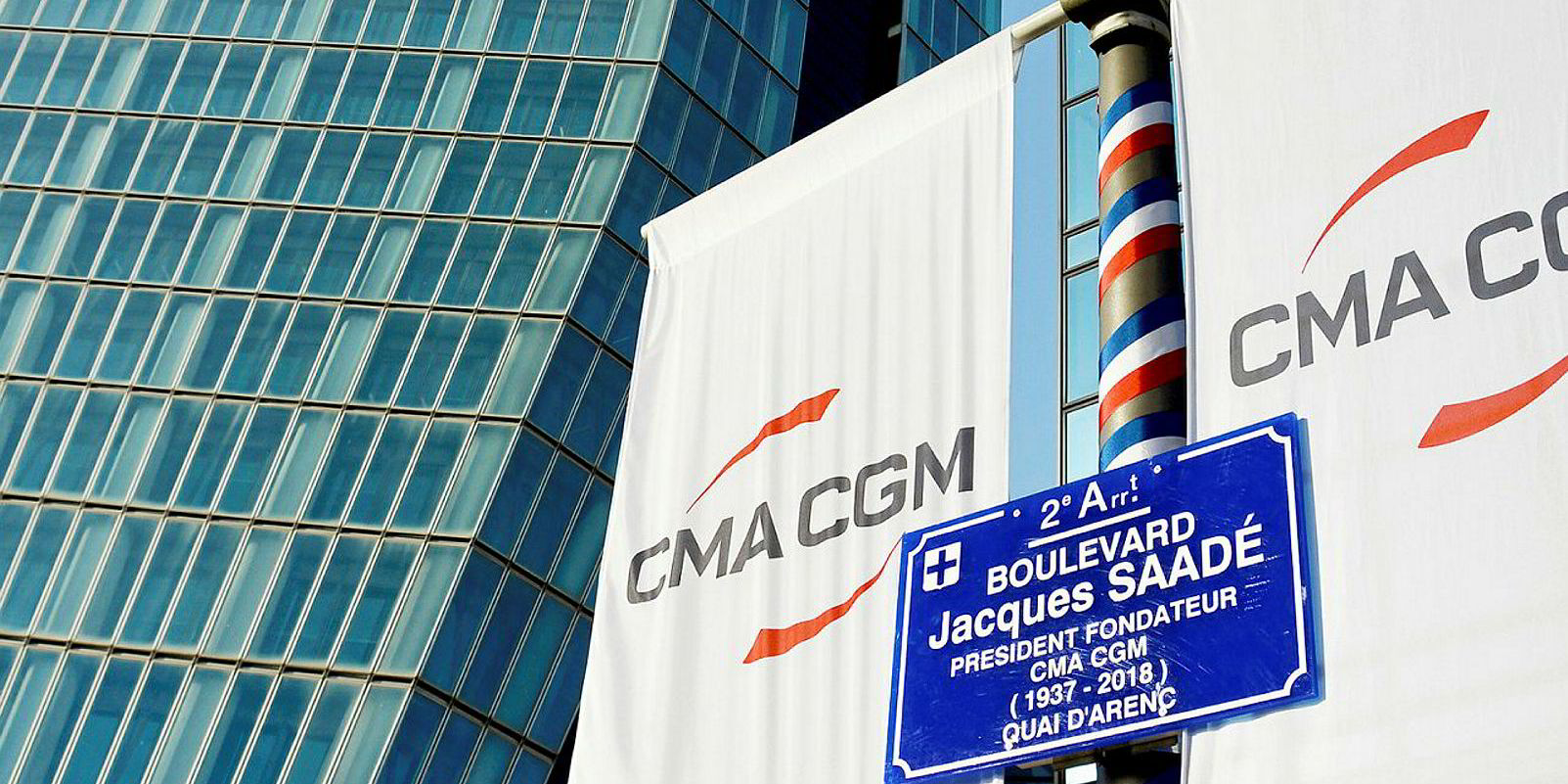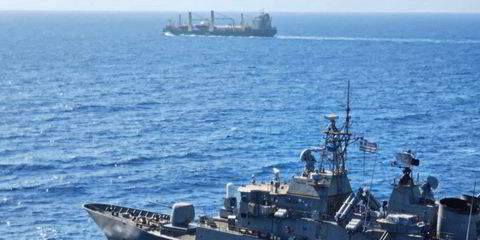The burden of the idle boxship fleet has shifted away from shipowners and towards liner operators, a leading container analyst said.
It marks the first time in a decade that liner operators have had to withstand a burden that has historically been borne by tonnage providers, Alphaliner senior liner shipping analyst Jan Tiedemann told a conference in Hamburg on Thursday.
Speaking at the 19th Annual Ship Finance Forum, Tiedemann attributed the structural shift to the rise in carrier-controlled vessels being sent to yards to be fitted with scrubbers to comply with IMO 2020.

Alphaliner estimates the inactive containership fleet reached a record level of more than 2m teu due to a record number of cancelled sailings out of China.
This means the inactive boxship fleet is structurally different to those seen in recent years, Tiedemann said.
Alphaliner estimates the impact of the coronavirus has seen containership inactivity surge, surpassing the previous highs of 1.52m teu recorded during the 2009 financial crisis and 1.59m teu in 2016, in the wake of the Hanjin Shipping bankruptcy.
But at the beginning of financial crisis, the division of idle vessels was split 50:50 between boxship owners and carriers.
In addition, liner operators were able to shift the burden by redelivering vessels that were surplus to their requirements.
Relentless growth
Tiedemann also identified the relentless growth of the boxship fleet over the past decade, which had increased by about 1m teu per year.
Much of that had been absorbed by the rise of slow steaming. This has seen some container shipping services that once turned in eight to nine weeks now turning in 11 to 12 weeks.
The average containership fleet age of 12.7 years is in line with expectations of a “mature” market at roughly half the economic lifetime of a container vessel, Tiedemann said.
But he added that the “biological” age will be older outdated designs, oversized engines and poorly maintained vessels.
The fleet has risen to about 5,352 containerships totalling 23.7m teu in capacity, up from 5,284 vessels of 22.3m teu a year ago.
Consolidation has also continued with the top 10 carriers controlling about 83% of the fleet, compared with 58.1% a decade ago, Tiedemann said.
He added that the container shipping orderbook has shrunk to about 10% of the fleet, compared with a “crazy” orderbook of 65% of the fleet in 2008 and 2009.
Most boxships on order are larger vessels destined for the mainline east-west trades.
"There’s a huge gap in mid-sized container tonnage, for from 4,000 to 10,000 teu," he said.
Tiedemann added that carriers have opted for scrubbers as their preferred means of meeting IMO 2020 compliance.




